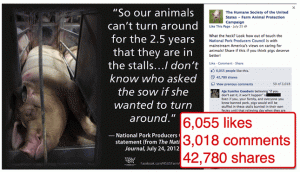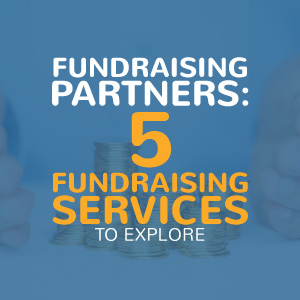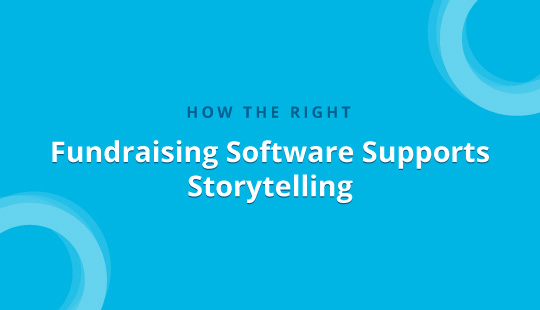This week I’m pleased to present this guest post by John Haydon, author and founder of Inbound Zombie. He’s also going to a be a guest presenter for the September 19th Ignited Online Fundraising Community’s members’ only webinar on How to Get More Likes, Comments & Shares on Your Page Updates.
Let’s face it: all engagement is not created equal. Facebook knows this and so do you.
Facebook’s newsfeed algorithm assigns a different value for likes, comments, and shares – giving shares the most weight, and likes the least.
And when you think about your own behavior, likes, comments and shares each have different meaning or intention.
Let’s break it down:
- LIKES – Likes are the throwaway gesture of social media. When you like the Page Update, you’re essentially saying “Huh, that’s interesting. “ or “I like that.” Because this kind of action has very little depth to it, Facebook assigns very little weight to it in Edgerank.
- COMMENTS – Comments are mostly (but not always) about ego. When you comment on a Page Update, you’re essentially saying “This is what I think.” Facebook assigns more weight to comments then likes in the Newsfeed algorithm.
- SHARES – A share is the brass ring on Facebook. When you share a Page update, you’re essentially saying “All my friends have to see this!”. This is huge in terms of exposure, word-of-mouth recommendation, and credibility. Realizing this truth, Facebook assigns the most weight to shares.
How to get more shares on Facebook
So, if shares are the name of the game on Facebook, how do you get more? Here are a few quick tips to help boost the amount of shares you get on your page updates:
- Post awesome content – I’m stating the obvious here, but would be negligent not to mention the fundamental pillar of Facebook success. And by content I don’t mean photos versus text updates. I mean stories that are awesome.
- Include a call to action – Dan Zarrella published a study showing how CTAs in Facebook page updates increase likes, comments, and shares.
- Make it emotional – The only reason why anyone would share your page update is because it plucks at an emotion in their heart. If the photo inspires anger, say so. For example, in the updates pictured below from the Humane Society, the description starts off with “what the heck?” an concludes with “Share this if you think pigs deserve better!”
- Make it conditional – The main reason most people use Facebook is because they want to share who they are (or want to be). Putting a condition on sharing enables them to do just that. For example, if you say “Share if you know someone with breast cancer”, you’re giving your community a chance to share that part of their lives!
- Use external channels – Don’t be “that guy” that just whines about Facebook hiding your updates from your fans. Take control! Use email marketing and other social media channels to increase exposure for the specific update.
- Measure – As you try different approaches, use Facebook Insights to see which approach works best. Again, Facebook is created through a process of experimenting and measuring.
What do you think?
About John Haydon: He is the author of Facebook Marketing for Dummies, and founder of Inbound Zombie, a new media consulting firm helping nonprofits with online marketing. He has spoken at the Nonprofit Technology Conference, BlogWorld, BBCon, is an Instructor for Marketing Profs University, and is a regular contributor to The Huffington Post. John has trained thousands of nonprofits, both large and small, via CharityHowTo nonprofit webinars. Follow him on Twitter: @johnhaydon.








Sometimes we think that a call to action is implied, but with the speed of communication these days, being clear and bold helps! Good luck, Mark.
Nice article. Amazing and helpful tips
Thanks for reading!